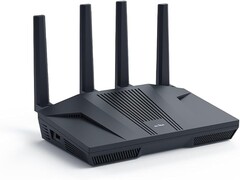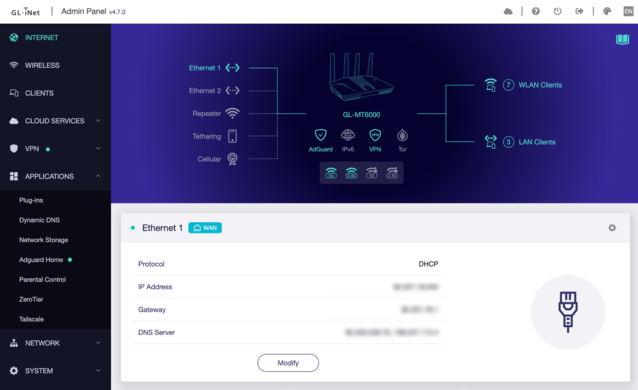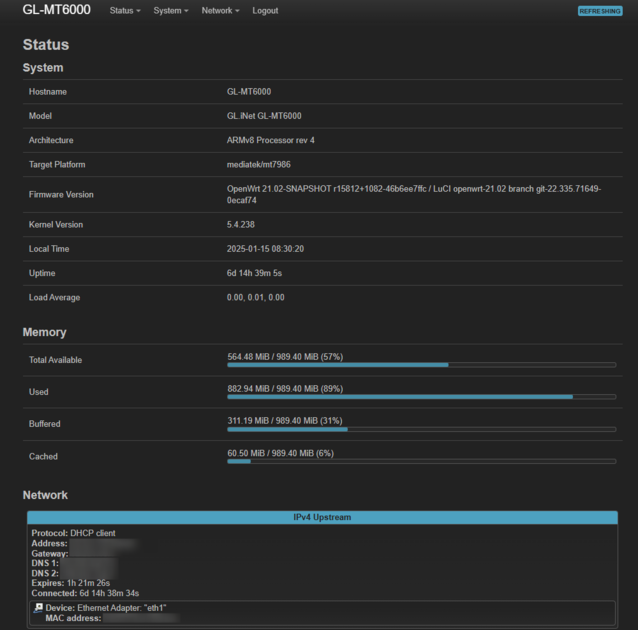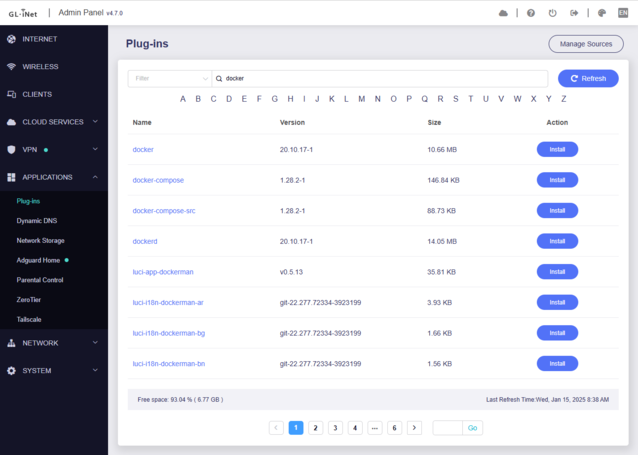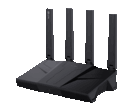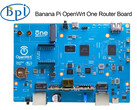It seems incredibly wasteful when manufacturers decide to stop supporting perfectly functioning hardware. It's understandable I suppose, they have to think of the bottom line, and maintaining an endless back catalogue of devices isn't going to help that. However, a router is probably the single most critical component of a user's home network. It's the single device that provides internet access to multitudes of other devices, while also being the single barrier between your security and bad actors. A device that is no longer updated is a security risk. So what do you do when you get that dreaded "end of life" message?
In most cases, buying a new router is what people will opt for. Although, there are a number of custom firmwares for consumer routers that can extend that life. These take many forms, including FreshTomato, DD-WRT and OpenWRT.
Flashing new firmware to a router isn't as hard as it might seem, but it does very much depend on the router you are trying to flash. Similarly, you do risk a brick in many cases if you don't follow the instructions to the letter. But in my case, for the R7000, only a single developer seemed to be providing DD-WRT support for this device and DD-WRT is generally regarded as a mess. OpenWRT works, but only gives access to the 2.4 GHz radios due to Broadcom closed source drivers. FreshTomato looked promising, but in the end, the fear of bricking the device and being left with no internet and no way to fix it ultimately forced me to look elsewhere.
So the question I then asked was, what is the best router that supports OpenWRT? A router that even if the manufacturer ends support for, I can count on the community to keep it working without risking a brick. This particular thread on Reddit was helpful, and thanks to a good number of upvotes ultimately let me to this product:
The GL-iNet MT6000 or Flint 2 is a Wi-Fi 6 router that supports flashing OpenWRT through the original manufacturer update utility. It packs Wi-Fi 6 capable radios, two 2.5 gigabit Ethernet ports which can be configured however you choose (unlike some manufacturers who give you 2.5 gigabit only on the WAN port), 4 gigabit Ethernet ports, a USB 3 port, a quad-core MediaTek processor, 1 Gb of DDR4 RAM and a full 8GB of eMMC storage.
The hardware is compelling enough, but where the Flint 2 really shines is with its software. GL-iNet provides a modified version of OpenWRT which includes support for all manner of services that up until recently were reserved for docker containers on my home server. AdGuard, WireGuard, OpenVPN, Tor, Tailscale, ZeroTier, a free DDNS service (that doesn't require me to confirm my account every month), parental controls, network storage, the list goes on and on.
The software, while far better looking than stock OpenWRT, does contain an older Linux kernel and some older packages. You can upgrade to the beta version which gives you kernel 6.6, and you can even download the stock version of OpenWRT directly from their website. Although, there is nothing to stop you getting it directly from OpenWRT.
But that's not all. You may well be asking what a router is doing with an 8GB eMMC built in? Well this is where OpenWRT plug-ins come in.
The plug-ins section will let you install pretty much any package to the router compatible with aarch64_cortex-a53. This includes Docker, which opens the door to a bunch of extra functionality. You can even install Rclone to mount a cloud storage provider such as Google Drive and use FreeFileSync in a container to backup or synchronise any SMB shares on your network or the cloud. You can even use the USB 3.0 port to connect an external disk and share your files with other devices. Although, the lack of redundancy would make this a better solution as a backup target for a NAS, which is also perfectly feasible.
It's not the newest router, it doesn't pack Wi-Fi 6E or Wi-Fi 7, it has no 10 gigabit Ethernet, and it doesn't look like a mechanical spider about to terrorise your household. There is also a good chance that this model will be superseded by a newer one this year. However, at $159 (available on Amazon) this is a serious value proposition when you consider the functionality available, and support for OpenWRT should keep this router going long after GL-iNet drops support.




